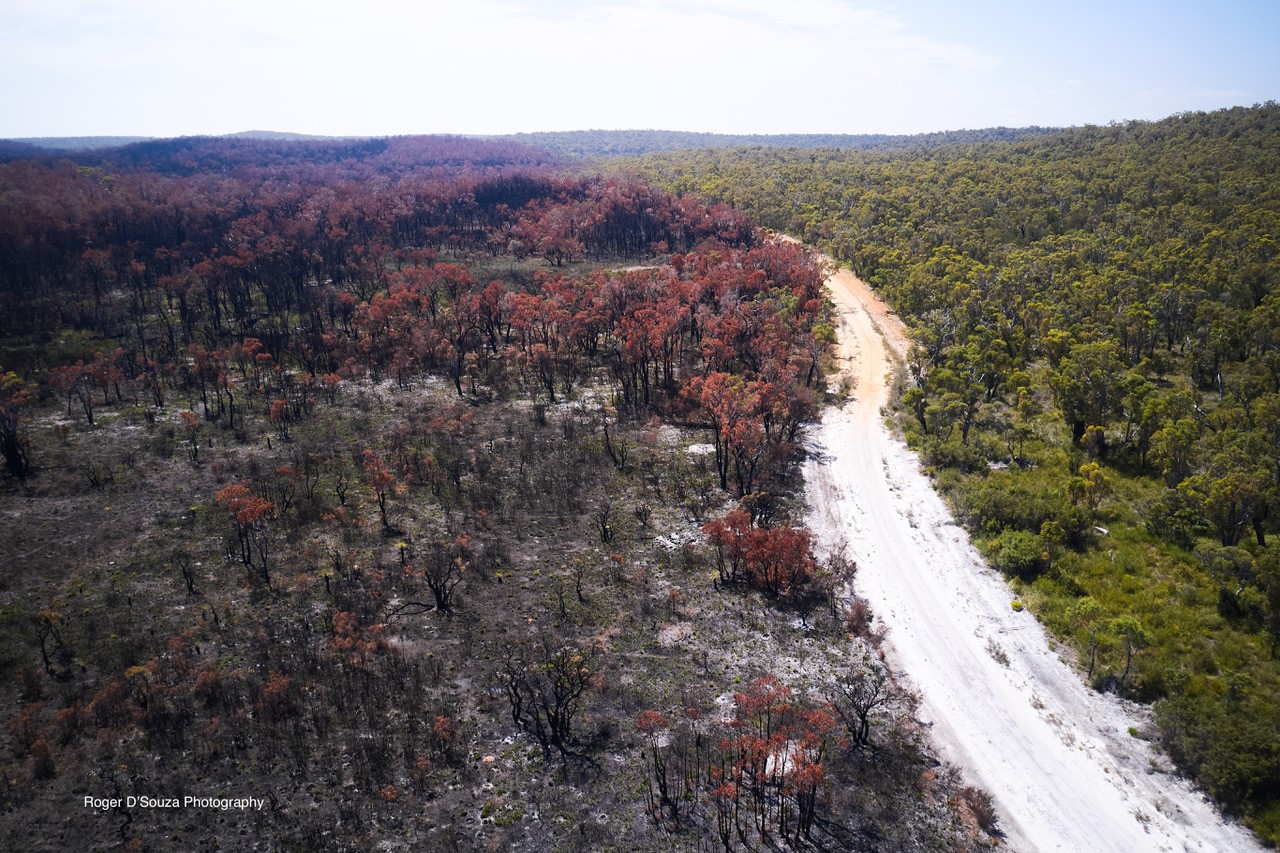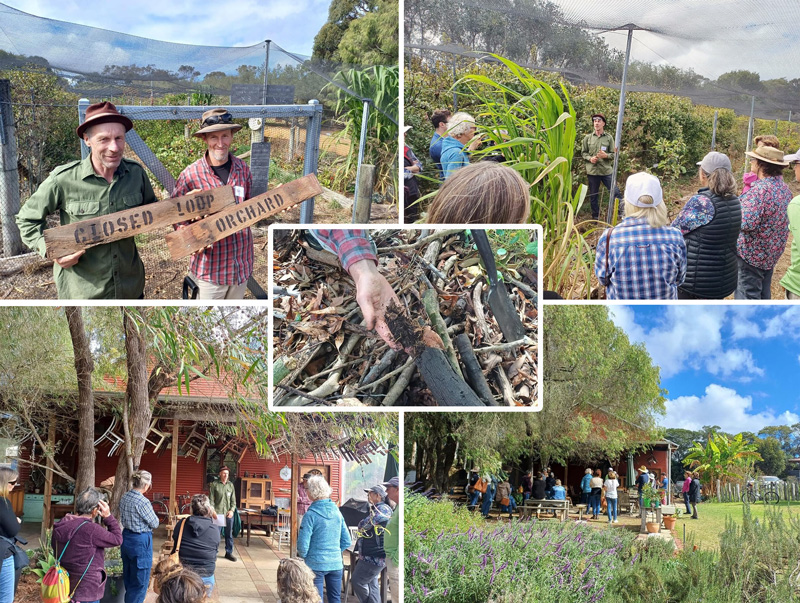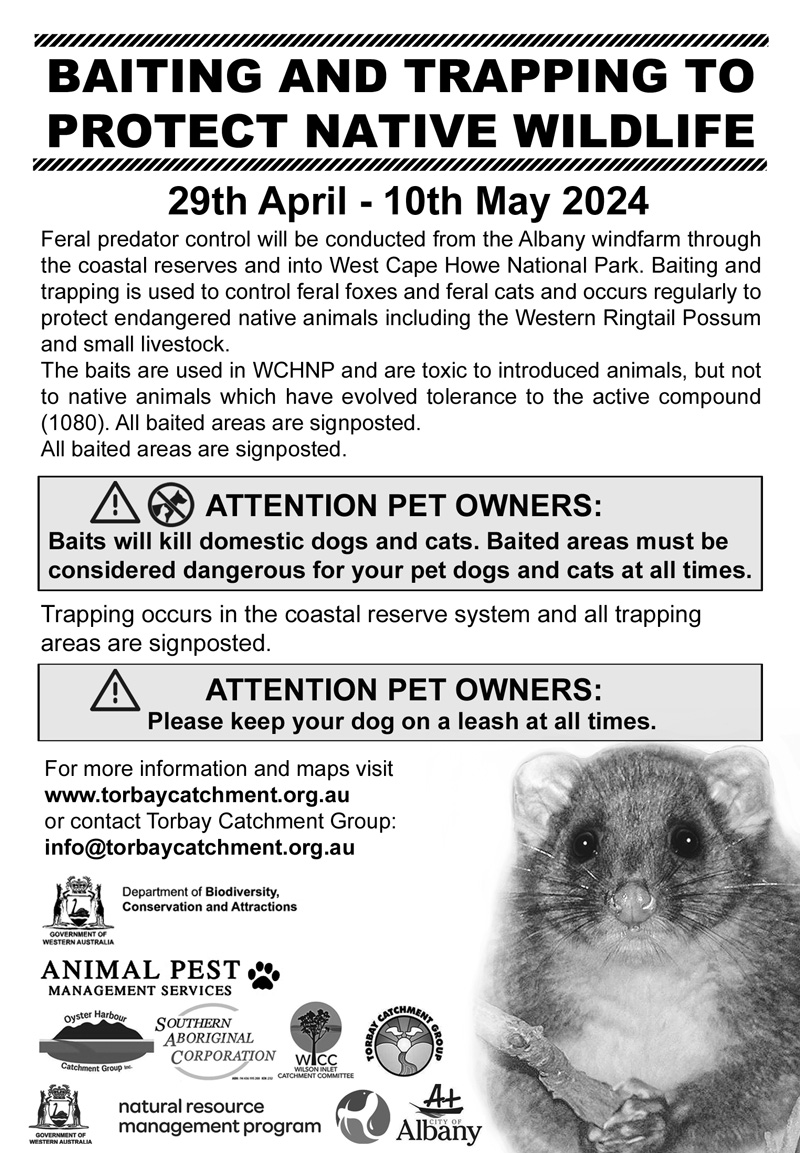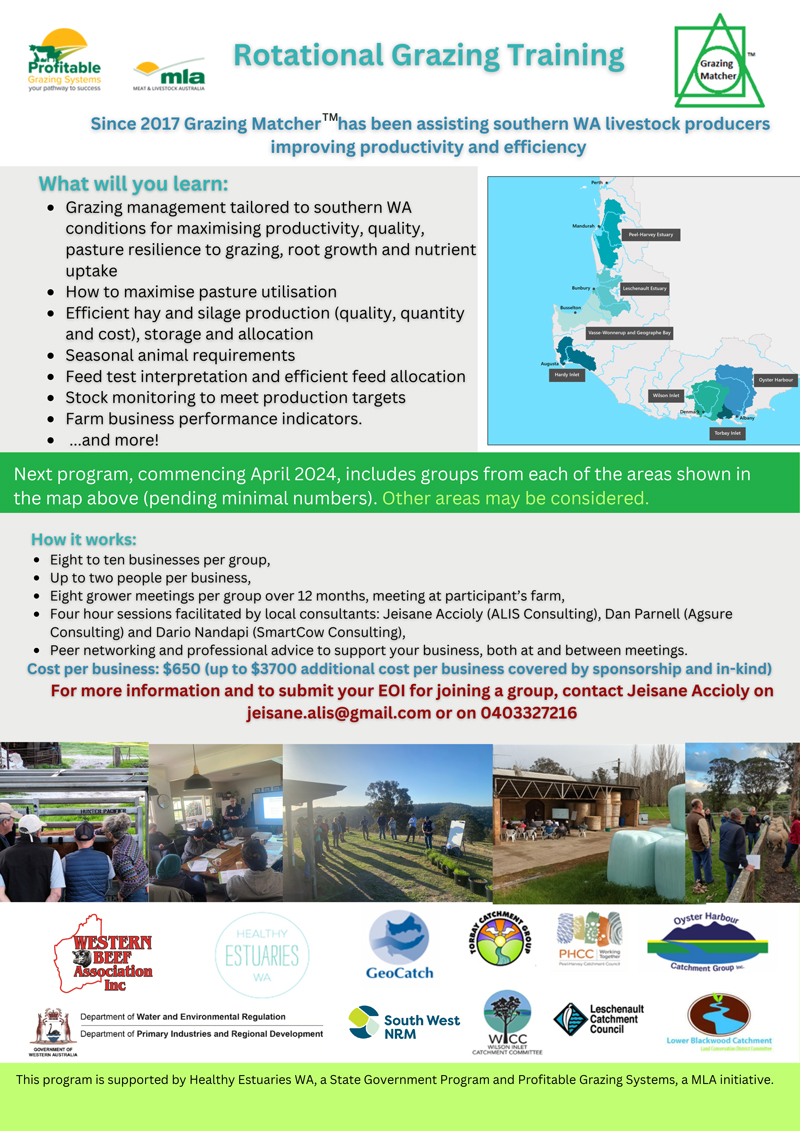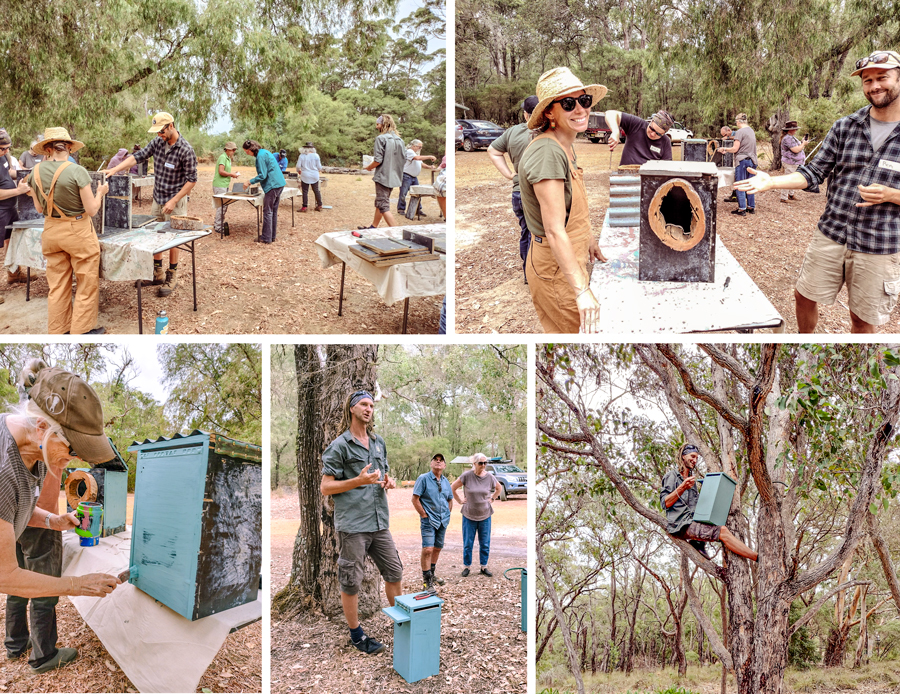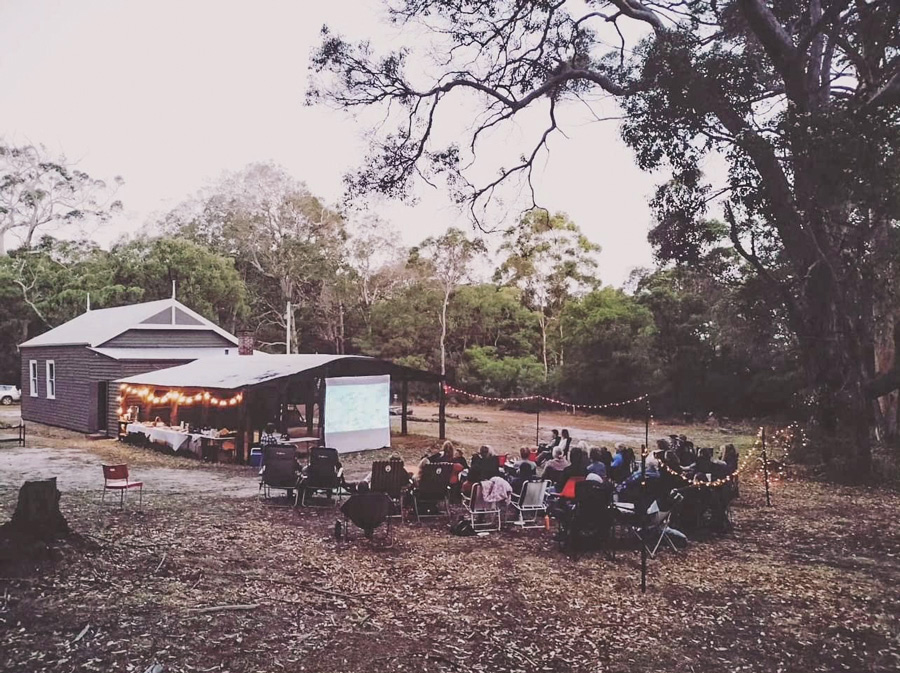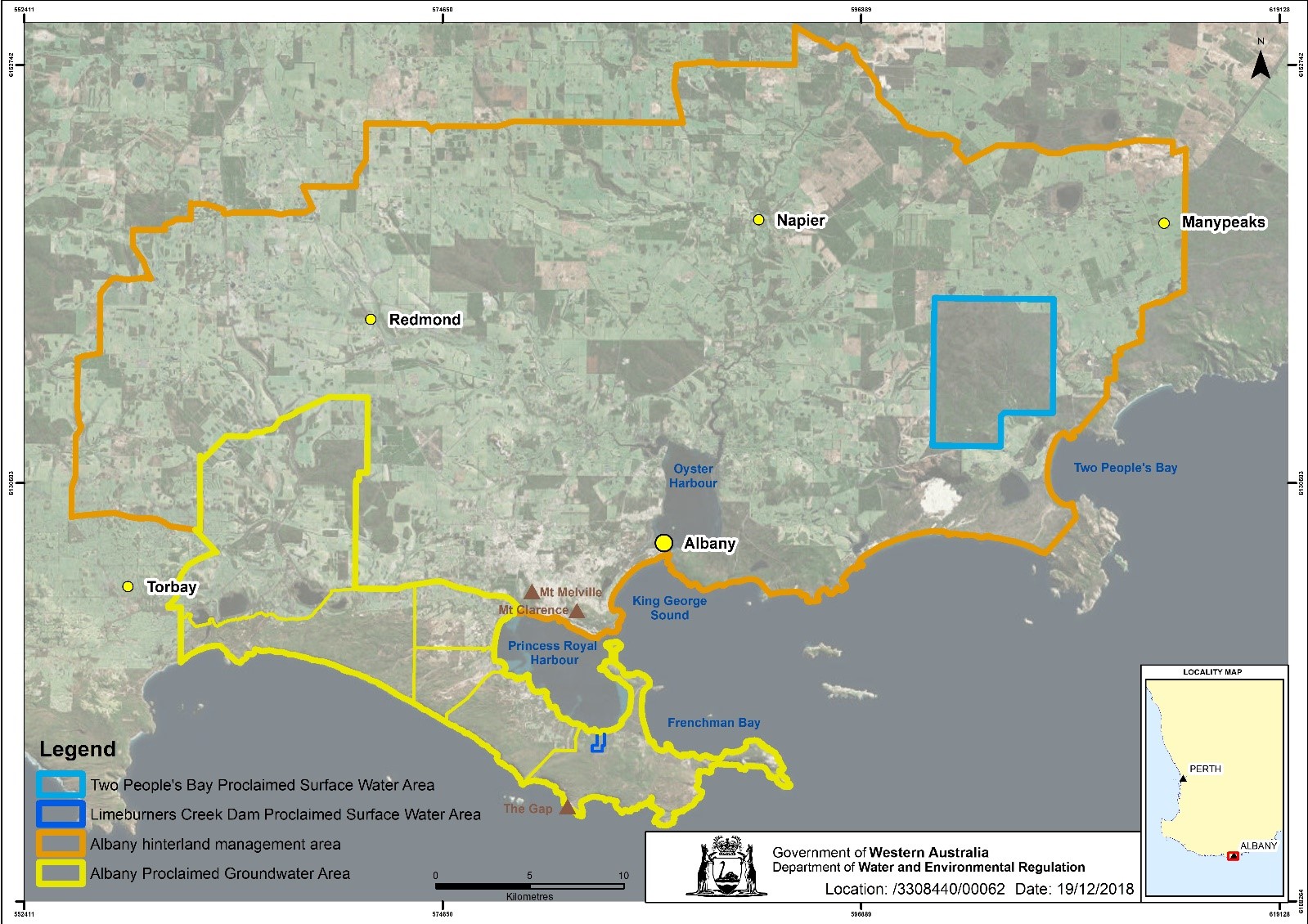
Department of Water and Environmental Regulation staff recently presented to our committee on the work that is being undertaken by their department to determine how much water can be extracted over coming years from our aquifers. Below is an article from their department capturing some of the information presented.
Water planning on the South Coast
Throughout the state, the Department of Water and Environmental Regulation (DWER) manages the sustainable use of groundwater and surface water resources. We do this in areas proclaimed under the Rights and Water and Irrigation Act 1914, through local water allocation plans and by regulating water use through licensing. Both help us manage how much water can be taken for uses including industry and horticulture, and private and public water supplies. Allocation plans also make sure that sufficient water remains in our surface and groundwater systems so that the environmental, cultural and community values of our water resources are maintained as the climate continues to get hotter and drier.
We are currently working on the Albany and hinterland water allocation plan to ensure that current water needs continue to be met. The plan is identifying the water available for the growth in public water supply. This use is licensed to the Water Corporation, who then delivers the service to you. The planning is also identifying the water regimes needed to protect ecosystems dependent on surface and groundwater, to prevent saline intrusion into the groundwater from over-pumping, and to avoid impacts on existing water users who depend on these supplies.
We used our comprehensive resource investigations and data analysis to set limits on the volumes of water set aside for each purpose. This work showed we need to leave 60-70% of the water in the groundwater aquifers to maintain ecological, cultural and community needs. The other 30-40% is allocated for use which includes: water that can be licensed to anyone, water that is licensed or reserved for public water supply, or water that is taken but does not need a licence (e.g. for firefighting or garden bores).
The department protects our water resources and promotes sustainable and efficient use of water by issuing licences and permits. You can find out about water licensing and when you may need a licence or permit at this link: Water licensing in Western Australia (or type the title into your web browser).
To find out more about our local water allocation plan and how you can be involved, please click on this link: Albany and hinterland water allocation plan (or type into your web browser).

